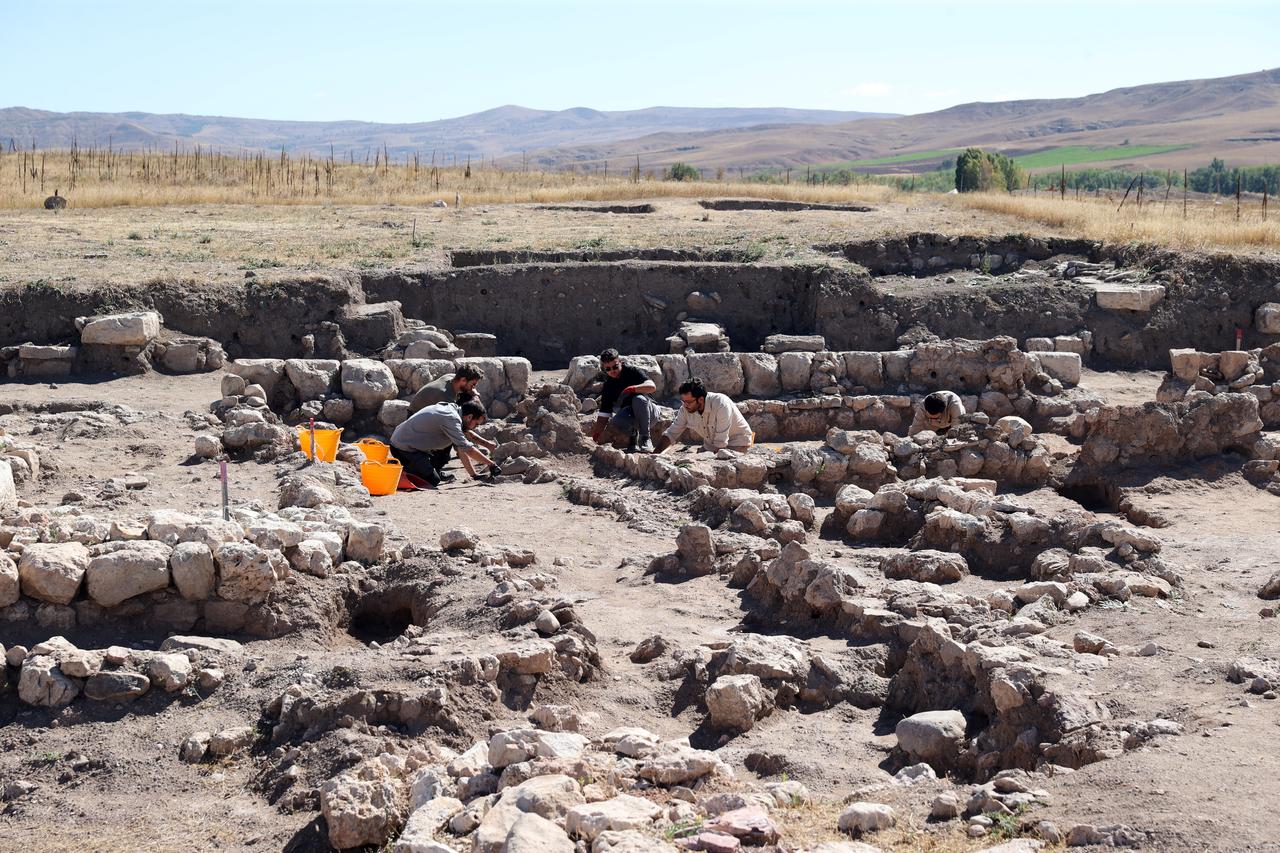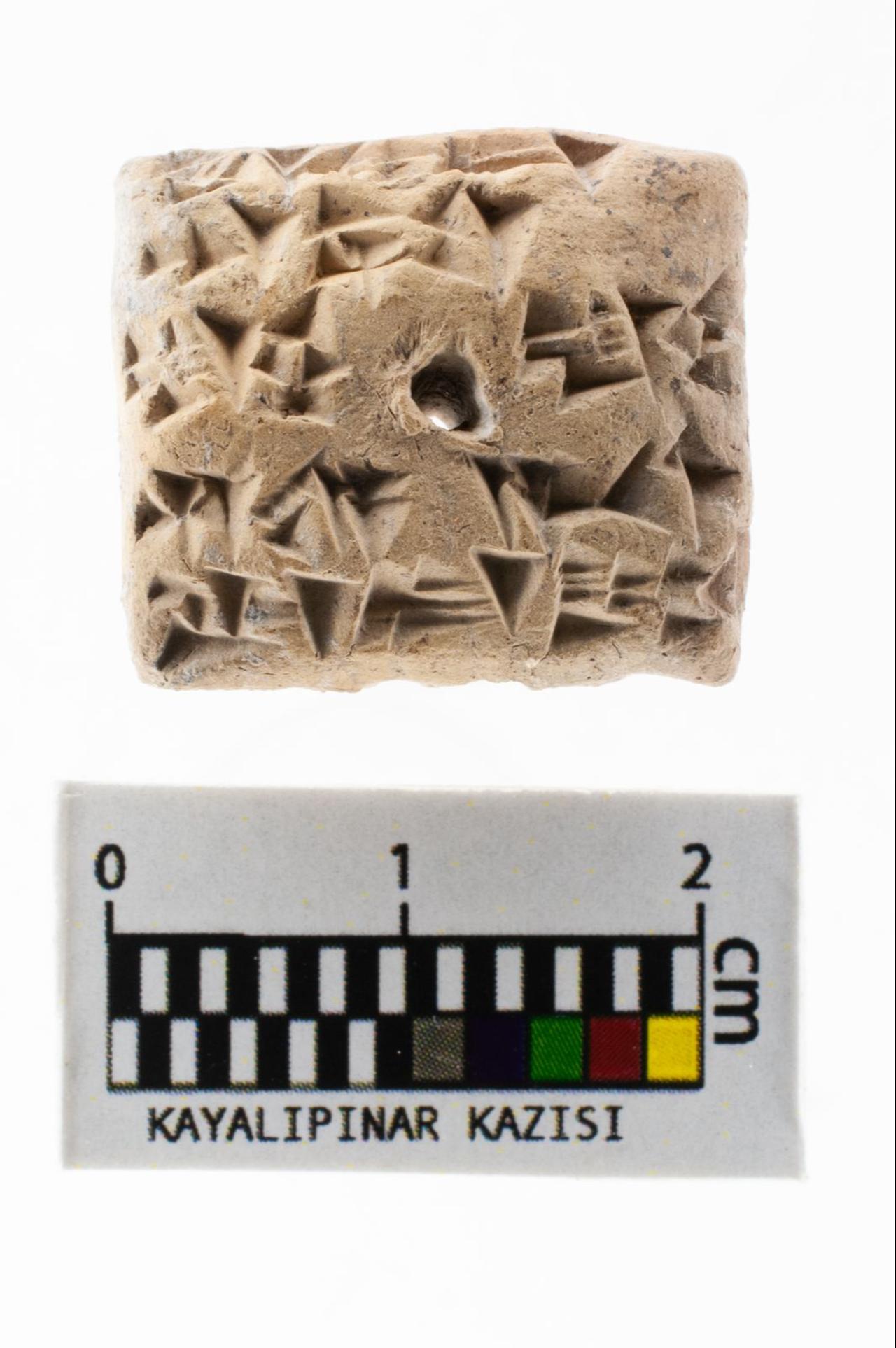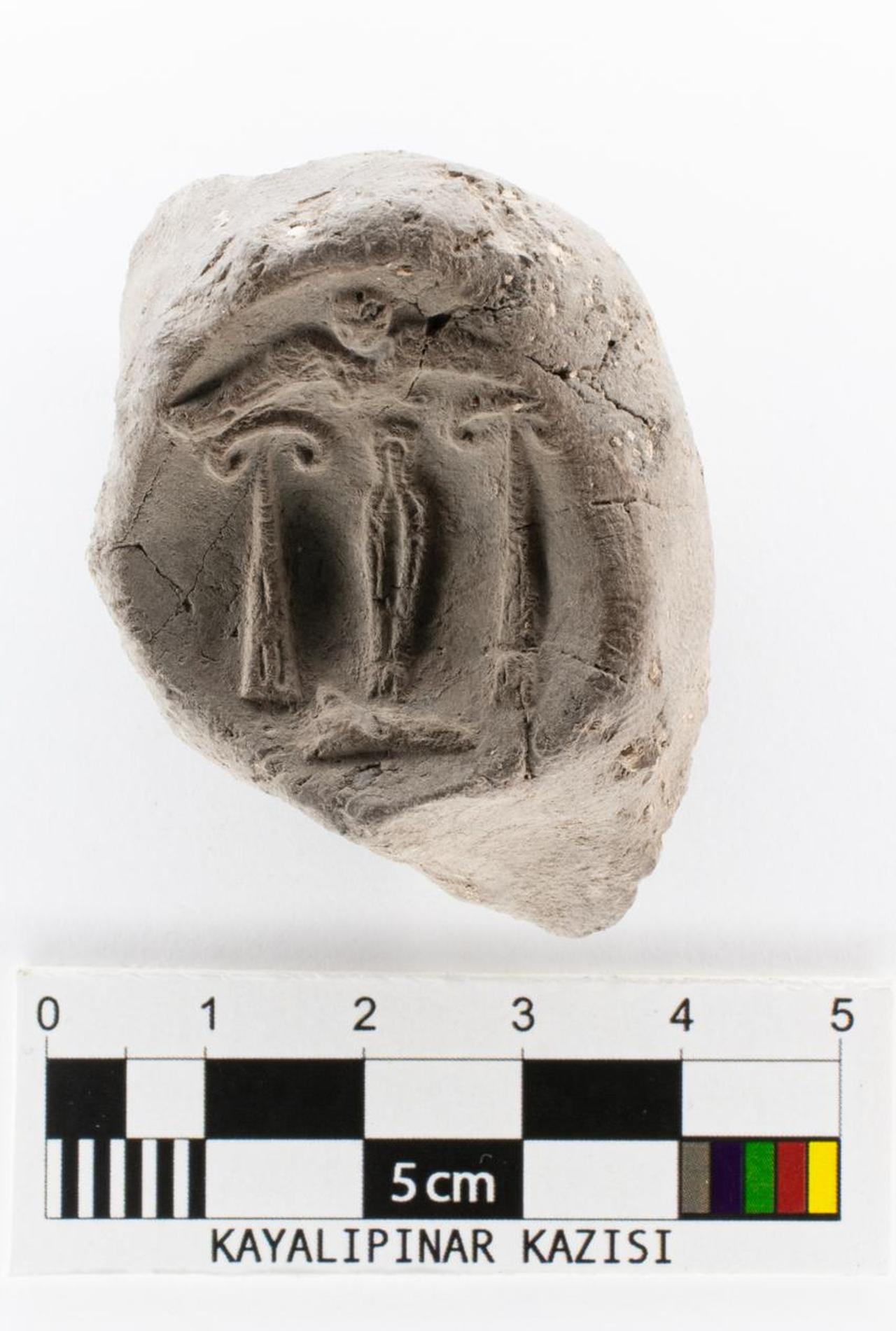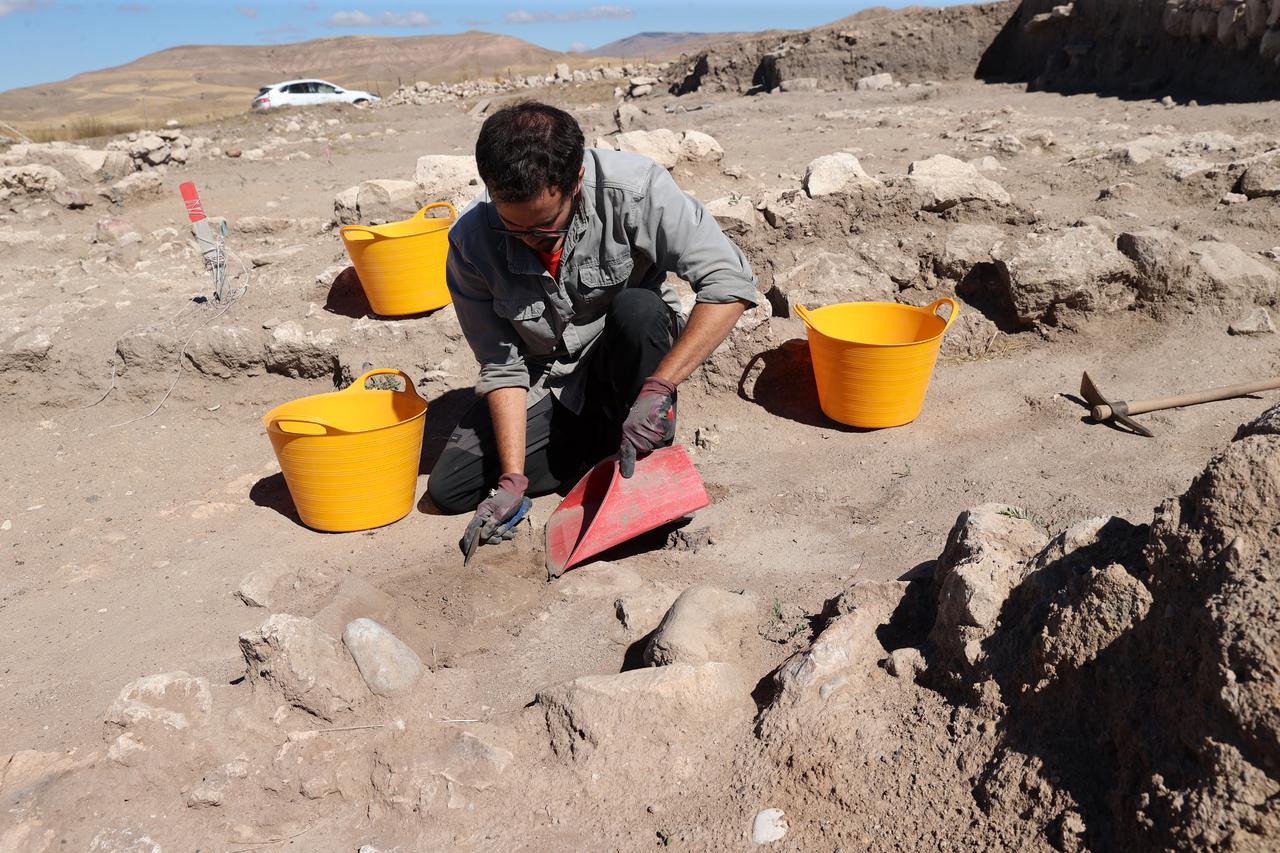
Archaeologists working at Kayalipinar, an ancient Hittite settlement in central Türkiye once known as Samuha, have unearthed 56 cuneiform tablets and 22 seal impressions in the latest excavation season. The discoveries shed light on state rituals, political structures, and religious practices in the late Bronze Age.

The team, led by Associate Professor Cigdem Maner from Koc University’s department of archaeology and art history, began the 2025 campaign on July 3 with permission from the Ministry of Culture and Tourism. Among the finds are clay tablets that detail rituals of “bird divination,” a form of prophecy where omens were interpreted through the flight and behavior of birds.
Maner explained that the tablets, many of which are intact and measure roughly 2.5 by 1.5 centimeters, are remarkable for their content. “The cuneiform tablets are related to bird divination. The Hittites generally believed that good or bad events came from the gods, which is why they consulted oracles,” she said. The texts describe inquiries into the fate of royal heirs, including crown princes and princesses, and reflect how omens were read and interpreted by specialized officials.

The discovery points to the presence of a state archive at Kayalipinar, which served as a major administrative and religious center during the Hittite period. Maner noted that these documents not only record rituals but also provide evidence about the individuals who practiced divination. These figures, known as lumushen, were priests or officials tasked with interpreting omens.
“Bird divination, known as musen oracles, was one of three types of divination in the Hittite world. The texts we found in the archives give us important information about these specialists and show that they were based in the very structures we are excavating,” she added. Scholars believe that the new materials will significantly enrich the understanding of Hittite politics and cultural history.

Alongside the tablets, the excavation team also uncovered 22 seal impressions that belonged to members of the royal family and high-ranking officials. These seals functioned as administrative signatures, confirming official documents and transactions.
The impressions include the seal of Great King Hattusili III’s son, Tuthaliya IV, as well as those of a military scribe, a regional lord identified as Priest Kantuzzili, and various princes, princesses, and scribes of different ranks. According to Maner, “These finds provide crucial insight into both the political hierarchy and the state bureaucracy of the Hittite Empire. They also help us understand the function of the sealing building we excavated.”

Kayalipinar has revealed traces of continuous occupation stretching from the Assyrian Trade Colonies period through the Hittite, Roman, and Byzantine eras. Previous campaigns have documented architectural remains, roads, baths, churches, and necropolises.